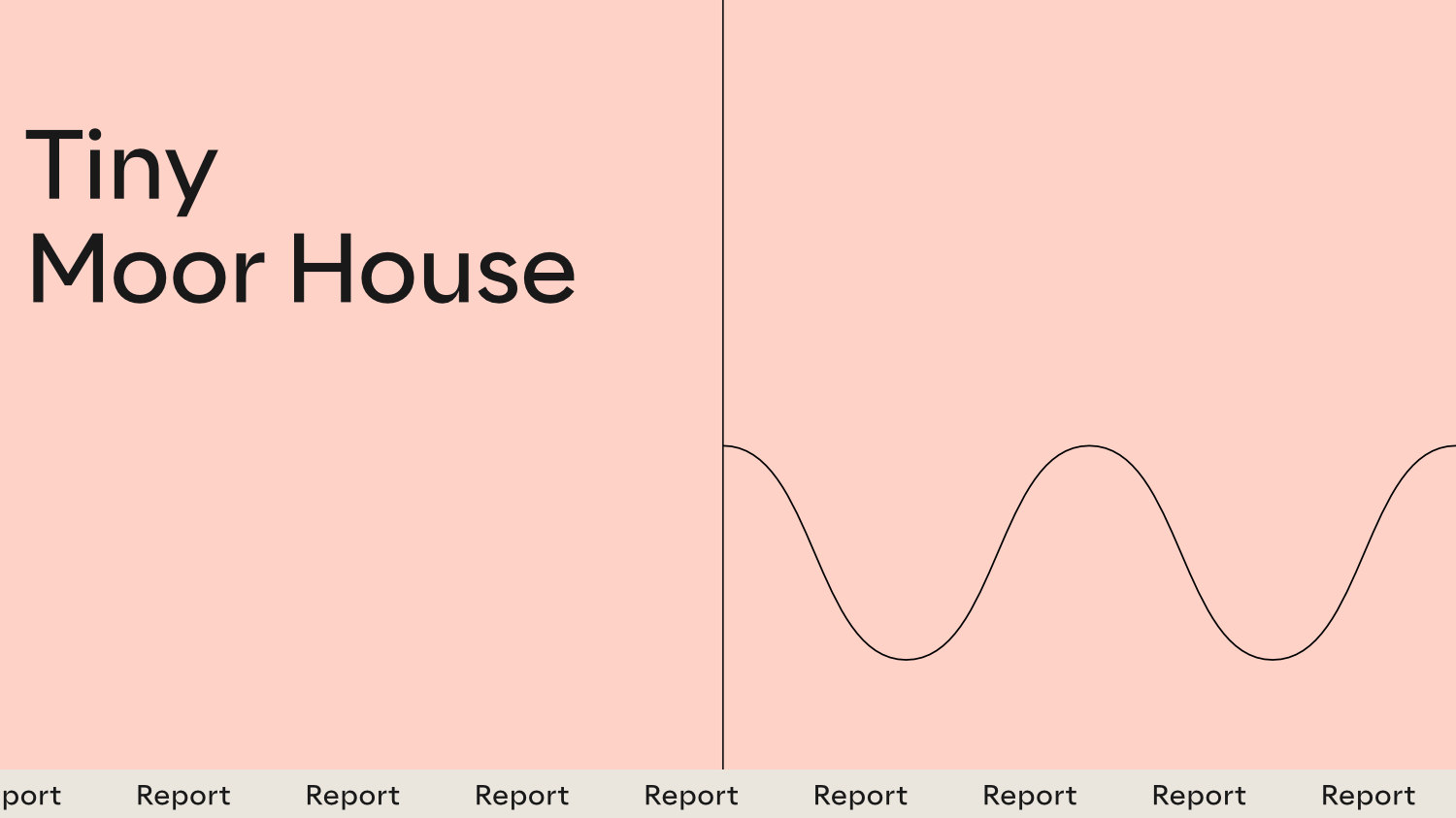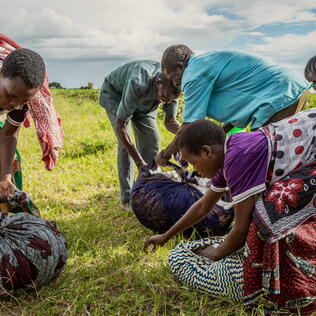Environment and climate protection: Sustainable Furniture from Peatlands

An important component in saving the climate is the rewetting of drained peatlands, because they store more carbon than any other ecosystem in the world. This is why the Otto Group, together with OTTO, Bonprix, Hermes Germany, the Witt Group and Systain, has been supporting the "toMOORow" peatland protection project for more than a year. The German government is now also raising the issue to a new level and adopted a national peatland protection strategy at the beginning of November 2022. More on the fact that peatlands can also play an important role with regard to alternative resources and materials in the following.

Higher costs for wood, material and supply shortages – many are speaking of “wood-flation” currently, which could potentially lead to higher furniture costs. This is a challenge not only for consumers and companies but also for environmental and climate protection. An alternative may be growing in the humid soil of European peatlands: Grasses, reeds, and canes can be used to produce fiberboard, possibly paving the way for recyclable circular furniture.
Only about thirteen percent of forested areas in Germany are FSC®-certified – a demanding and established sustainability standard for wood from responsible forest management. As part of its corporate responsibility strategy, the Otto Group has set the ambitious goal of offering only furniture from sustainably certified wood by 2025. As a Group, we obtain furniture both from Germany and Europa as well as from outside Europe. Importing entirely from non-European countries is not an option due to the negative CO₂ balance. What is more, FSC certification is only one step along the path to sustainable furniture. To date only a very few are recyclable – problematic chemicals and other materials used may complicate or even outright prevent further reuse of the wood. An alternative may be materials from paludiculture: the sustainable economic use of peatlands.
To better understand this, it is worthwhile taking a look at peatlands and their importance for the climate: Globally, peatlands make up only three percent of the earth’s land surface, yet they store around 30 percent of the earth's carbon, twice as much carbon as the total biomass of all the world's forests. This is released when peatlands are drained for peat extraction. By releasing two gigatons of CO₂ a year, they are responsible for almost five percent of global man-made CO₂ emissions. At the same time, intact peatlands provide unique habitats for plant and animal species and thus contribute to maintaining biodiversity. This is why the Environmental Foundation Michael Otto and the Succow Foundation, partner in the Greifswald Moor Centrum, have created the toMOORow initiative, which is supported by the Otto Group. Their goal is to restore the wet condition of the peatlands, as only rewetted peatlands are suitable for cultivation. Less than ten percent of original peatland surfaces in Germany are still intact. These need to be protected as much as possible. Even though more than ninety percent of peatland has been drained, it is possible for it to be gradually rewet. This would not only lower CO₂ emissions: Indeed, the rewetted peatlands would actually store carbon dioxide. And they can be cultivated. There have long been options for conducting gentle harvesting – using vehicles with special wide tires that exert less pressure on the ground than conventional equipment. This concept has already been fully developed and is merely waiting to be implemented in Germany.
A House Made of Grasses, Canes, and Reeds
For many years, the Greifswald Moor Centrum has been dedicated to researching paludiculture. Along with various partners, it pilots the use of grasses, canes, etc., such as for insulating buildings and manufacturing furniture. The renewable raw materials can be harvested so gently that sustainable economic cultivation of the peatlands is possible, without any damage done to these sensitive biotopes. The same is true of wood from the alder – a tree that is exceptionally well adapted to this wet biotope. Yet it is still rather rare for the beautiful and precious wood of the alder to be used for building houses and furniture. Thanks to a growing supply, this might be changing soon. The potential offered by paludiculture in practical terms has been demonstrated by the “Moore and more” company with its Tiny Moor House, which was presented in 2021 on a roadshow in northern Germany together with the Greifswald Moor Centrum:
The Tiny Moor House contains both insulation and construction materials as well as furnishings made of renewable and CO₂-saving raw materials – primarily obtained from paludiculture:
- The house’s insulation consists of panels made of reeds, bulrushes, and wetland grasses.
- Parts of the roofing are constructed with reeds,
- and alder wood has been used for interior walls and the kitchen counter. Alder trees are able to grow better than any other domestic tree species due to their special adaptation to permanently wet locations such as the peatland.
- Furniture panels made of peatland grasses have been used to build a wardrobe staircase in the house.


© Torsten Galke, Moor and more
Reed Panels as an Alternative to Particleboard
In light of wood-flation, panels made of peatland grasses and bullrushes are exciting, as they can serve as alternatives to traditional particleboards when making furniture. The panels are manufactured without synthetic adhesives or additional binding agents. The Zelfo Technology company of Brandenburg has developed the patent for this. The procedure specially developed by the company also enables fiberboards to be produced from mixed waste, such as recycled paper contaminated with synthetic materials.
Paludiculture therefore provides an opportunity not only to offset wood supply shortages but also to establish a recycling economy for furniture – old fibers could be used to produce new panels and thus new home furnishings. While it is still in the development stage, the potential for manufacturing renewable furniture from the peatlands is huge. This would have a lot of beneficiaries: furniture manufacturers, farmers, customers – and ultimately our planet. After all, in order to be cultivated, peatlands need to remain intact. And the more intact peatlands there are, the more CO₂ is trapped.






